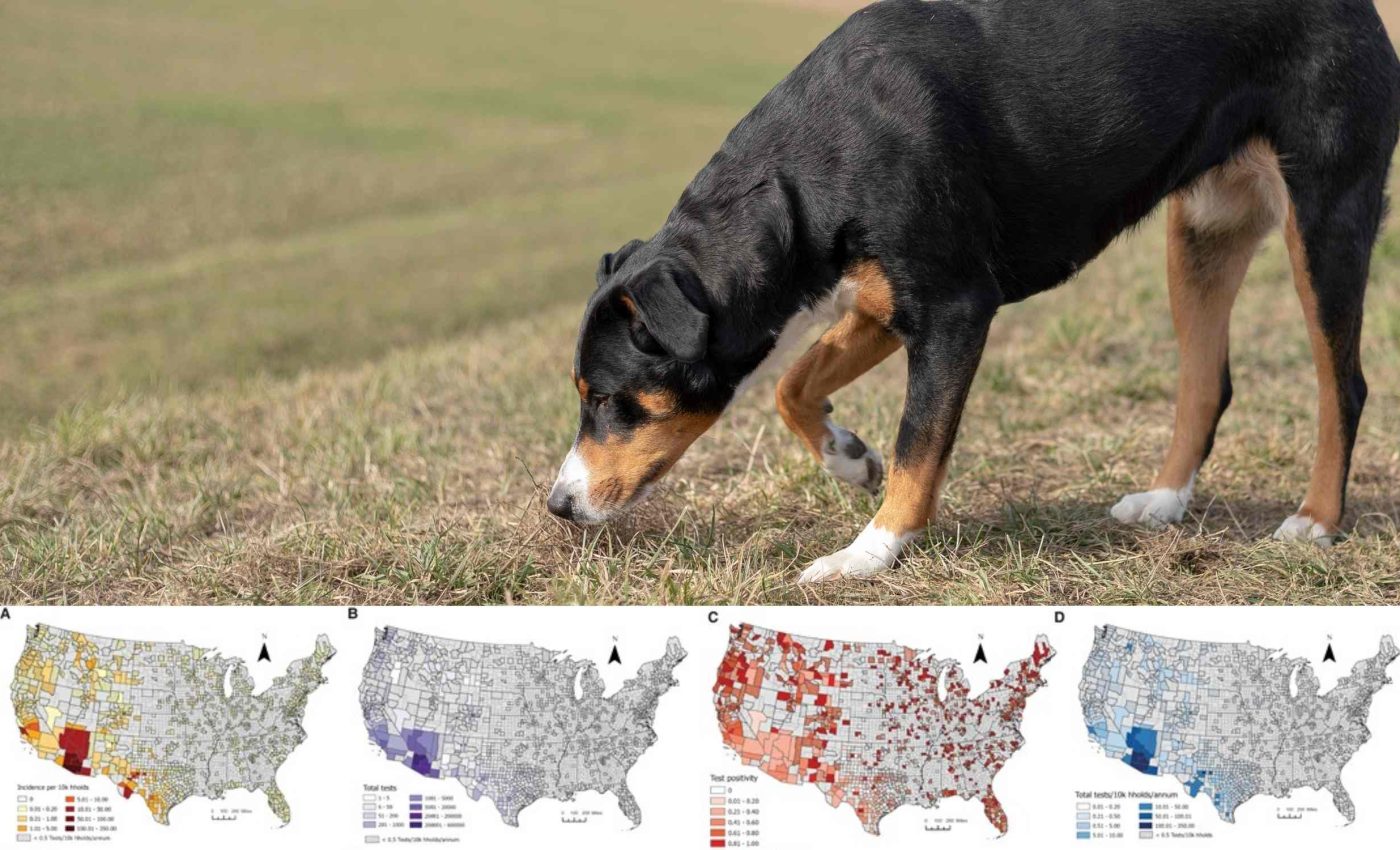
Scientists discover that dogs can alert humans to this quickly-spreading disease
Dogs aren’t just companions who brighten our daily routines. They may also be key players in monitoring how Valley fever moves through certain regions in the United States.
This disease, also called coccidioidomycosis, involves inhaling fungal spores found in dry soil conditions.
Jane Sykes, lead author of a recent UC Davis study, worked with her team to see how information from dog infections could apply to humans.
Understanding Valley fever
When disturbed by wind, construction, or agricultural activity, the spores of Coccidioides immitis and Coccidioides posadasii can ride on dust particles and travel into the lungs.
Some pets like to dig into dirt, creating an ideal chance to breathe in fungal particles. These Valley fever spores thrive in the Western parts of the country, often in places with specific soil moisture levels.
Though many people who are exposed may not experience symptoms, those who do often report flu-like illness, including fatigue, cough, fever, chest pain, and muscle aches.
In some cases, especially in individuals with weakened immune systems, Valley fever can become severe, spreading from the lungs to other parts of the body such as the skin, bones, joints, or even the brain, where it may cause meningitis.
Diagnosis is typically confirmed through blood tests or imaging, and while mild cases often resolve without treatment, antifungal medications like fluconazole are prescribed for moderate to severe infections.
Unusual canine clues
The researchers discovered patterns by checking large collections of dog blood tests.
They found that most positive results are linked to certain states with known contamination zones, but they also noticed smaller clusters appearing in locations not typically flagged for this infection.
“Dogs are sentinels for human infections,” said Jane Sykes.
Her team collected blood test data in different areas to identify rising trends and potential health concerns for people.
What puts dogs at risk
Some vets note that certain breeds may be more prone to lung ailments, but any fungus exposure can be an issue.
This might involve dusty backyards, fields, or construction sites, where spores in the soil can become airborne.
In regions with droughts or strong winds, soil dryness allows fungal particles to swirl into the air. Intense rainfall can also boost fungal growth, which further contributes to sporadic spikes in infection.
Researchers see these canine cases as indicators for possible spread in the broader population. Common symptoms in people include fatigue, cough, and sometimes sore joints.
Health agencies note that valley fever can become serious for those with weakened immune systems. Because dogs are tested more readily in certain regions, their results may warn us before human cases spike.
Mapping valley fever in new zones
Scientists have spotted positive canine cases outside historically recognized areas. Jane Sykes explained that pockets of infection can appear in nearby states that might be overlooked.
“We should be closely watching those states because there could be under-recognition,” she said. This under-recognition means some doctors in these regions may not be aware of the disease and could miss early signs in humans.
Decades of shifting climate patterns have altered soil conditions. Over 130 places in the United States have recorded heavier bursts of rain in recent years, raising concerns about potential fungal growth when storms finally soak the land.
As new weather extremes develop, the fungus might have more opportunities to spread. Researchers keep emphasizing how environmental changes can shift the boundaries of diseases, leading to surprises in infection data.
Protecting yourself and your pet
Many dog owners wonder if this infection is preventable. Avoiding areas with visible dust clouds is one measure, though it can be tough when your pet loves running outdoors.
Some vets provide guidance on ways to limit exposure if your area is known for this fungus.
Though these spores are hard to avoid entirely, regular checkups and early tests may help pets and owners stay aware of new health risks.
Veterinarians who live in spots with many valley fever cases watch for respiratory problems in dogs. A sudden cough or limp can signal hidden issues, prompting tests that reveal infection.
If caught early, there are antifungal treatments that can relieve symptoms. The goal is to manage lung damage and reduce further spread.
Dogs, valley fever, and the future
Researchers who track these infections see a bigger picture beyond local hotspots. They hope more states will gather accurate data so public health teams can warn residents who may be at risk.
Better knowledge about where the spores hide allows for timely alerts. Clear communication between veterinarians and medical professionals could help limit the toll on both animals and people.
Trends linked to heavy rain, population growth, and soil changes highlight the complexity of valley fever. Officials suggest that improved teaching for doctors could keep illness from going unnoticed.
Dogs may help identify emerging dangers because their health data can fill the gaps where human data are patchy. Scientists remain hopeful that continued studies will keep the public informed about this evolving fungal risk.
The study is published in the Journal of Infectious Diseases.
—–
Like what you read? Subscribe to our newsletter for engaging articles, exclusive content, and the latest updates.
Check us out on EarthSnap, a free app brought to you by Eric Ralls and Earth.com.
—–













